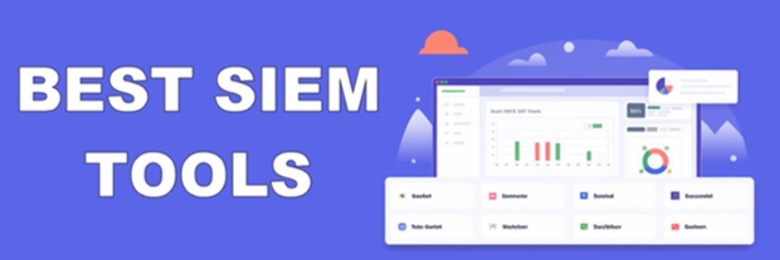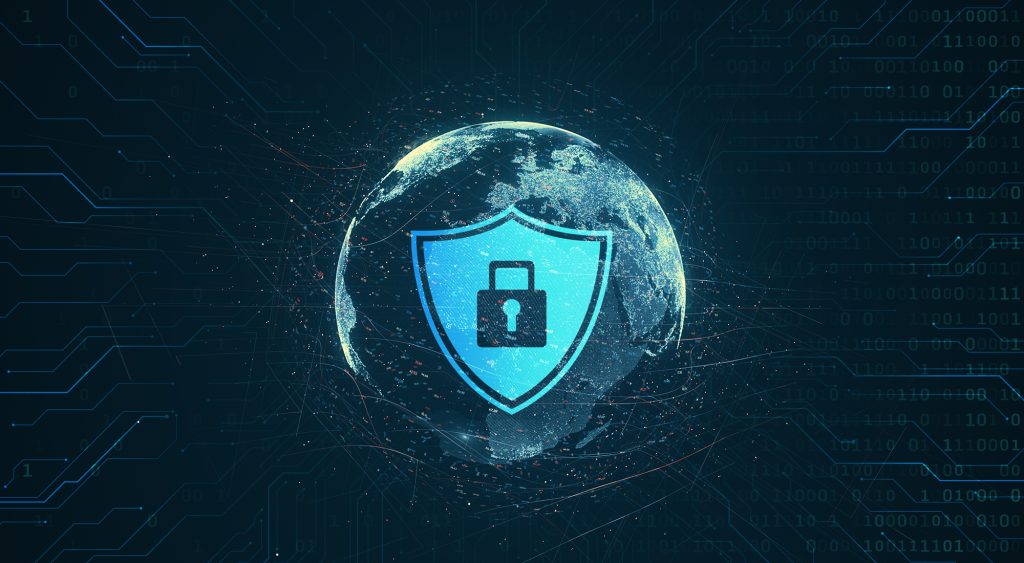
Security Information and Event Management (SIEM) tools have become an essential part of modern cybersecurity. As businesses face evolving threats, the need for an effective SIEM tool grows. This guide highlights the critical features you should consider when selecting an SIEM tool to safeguard your organization’s data and operations.
The Importance of Choosing the Right SIEM Tool
Selecting the right SIEM tool is crucial for effective threat detection and incident response. The wrong choice can result in wasted resources, inefficiencies, and vulnerabilities.
A robust SIEM tool provides centralized monitoring and analysis of security events. It helps organizations detect threats quickly and take action before damage occurs. Without it, companies risk falling victim to cyberattacks, losing sensitive data, and facing regulatory penalties.
Key Features of an Effective SIEM Tool
Scalability
Scalability ensures the SIEM tool can grow with your organization’s needs. As your business expands, so does the volume of data and security events to monitor.
A scalable SIEM solution can handle increasing data without compromising performance. Look for tools that allow for modular upgrades and seamless scaling across cloud and on-premise environments.
Scalability also includes the ability to integrate with new data sources. Whether you’re adding IoT devices or expanding globally, your SIEM tool should adapt.
In addition, scalability impacts cost efficiency. A tool that scales well minimizes the need for frequent replacements or overhauls, offering better ROI over time.
Real-Time Analytics
Real-time analytics are critical for proactive threat detection. This feature enables immediate identification and mitigation of security events as they occur.
A good SIEM tool leverages AI and machine learning to analyze data patterns in real time. This allows for faster response times and reduces the risk of breaches.
Ensure the tool provides customizable alerts and dashboards. This enhances visibility and allows teams to focus on the most pressing threats.
Real-time analytics also improve compliance reporting. By generating accurate, timely reports, organizations can meet regulatory requirements with minimal effort.
Ease of Integration
Ease of integration ensures the SIEM tool works seamlessly with existing systems. This includes compatibility with log sources, third-party applications, and security tools.
A tool that’s difficult to integrate can create operational bottlenecks. Look for solutions with pre-built connectors and APIs for smoother implementation.
Ease of integration also extends to user training. The simpler the tool is to adopt, the quicker your team can use it effectively.
Moreover, integration facilitates unified threat management. A well-integrated SIEM system aggregates data from multiple sources, offering a holistic view of the security landscape.
Advanced Threat Detection
Advanced threat detection capabilities set great SIEM tools apart. These features help identify complex and sophisticated cyberattacks.
Behavioral analytics and threat intelligence feeds are essential components. They provide context-aware insights and enhance the detection of anomalous activity.
Look for tools that offer advanced correlation rules and forensic analysis capabilities. These features enable deeper investigations and better incident management.
In addition, advanced detection minimizes downtime. By identifying threats earlier, organizations can reduce the impact of incidents and maintain business continuity.

Common Challenges in SIEM Tool Implementation
Implementing a SIEM tool is not without challenges. High upfront costs, complexity, and false positives are common issues organizations face.
To overcome these hurdles, start with a clear plan and involve stakeholders early. Define key objectives and success metrics to measure the tool’s effectiveness.
Regular maintenance and tuning are also critical. Without them, even the best SIEM tool can become ineffective.
Another challenge is balancing automation and human oversight. While automation reduces manual effort, human expertise is still required to interpret complex findings and adjust configurations.
Tips for Evaluating and Selecting the Right SIEM Tool
- Assess Your Needs: Understand your organization’s specific requirements, such as compliance or operational goals.
- Demo and Test: Request trials or demos to evaluate the tool’s real-world performance.
- Vendor Support: Ensure the provider offers robust support and training resources.
- Cost Analysis: Consider both initial costs and long-term maintenance expenses.
- Community Feedback: Read reviews and case studies from similar industries to gauge effectiveness.
In addition, compare feature sets across vendors. Identify which tools align best with your long-term cybersecurity strategy.
Choosing the right SIEM tool is a critical decision for any organization. By focusing on key features like scalability, real-time analytics, and ease of integration, you can make an informed choice.
A well-selected SIEM tool will not only enhance your cybersecurity but also streamline your operations. Invest wisely and protect your business from evolving threats.
Remember, the right tool is not necessarily the most expensive one. It’s the one that fits your specific needs and provides the best value over time.







